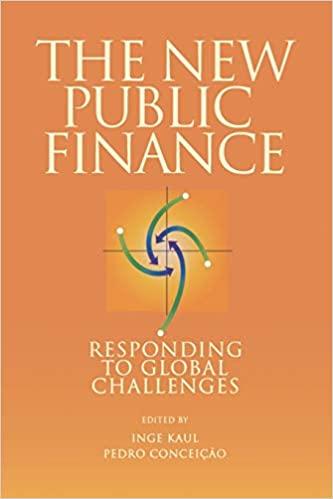
Use the decision table above to compute: Maximin Maxim in Minimax regret EMV EVIPI EVPI On back of page draw decision tree using the following information: Leo can purchase a historic home for $200,000 or land in a growing area for $50,000. There is a 60% chance the economy will grow and a 40% change it will not. If it grows, the historic home will appreciate in value by 15% yielding a $30,00 profit. If it does not grow, the profit is only $10,000. If Leo purchases the land he will hold it for 1 year to assess the economic growth. If the economy grew during the first year, there is an 80% chance it will continue to grow. If it did not grow during the first year, there is a 30% chance it will grow in the next 4 years. After a year, if the economy grew, Leo will decide either to build and sell a house or simply sell the land. It will cost Leo $75,000 to build a house that will sell for a profit of $55,000 if the economy grows, or $15,000 if it does not grow. Leo can sell the land for a profit of $15,000. If, after a year, the economy does not grow, Leo will either develop the land, which will cost $75,000, or sell the land for a profit of $5,000. If he develops the land and the economy begins to grow, he will make $45,000. If he develops the land and the economy does not grow, he will make $5,000. Use the decision table above to compute: Maximin Maxim in Minimax regret EMV EVIPI EVPI On back of page draw decision tree using the following information: Leo can purchase a historic home for $200,000 or land in a growing area for $50,000. There is a 60% chance the economy will grow and a 40% change it will not. If it grows, the historic home will appreciate in value by 15% yielding a $30,00 profit. If it does not grow, the profit is only $10,000. If Leo purchases the land he will hold it for 1 year to assess the economic growth. If the economy grew during the first year, there is an 80% chance it will continue to grow. If it did not grow during the first year, there is a 30% chance it will grow in the next 4 years. After a year, if the economy grew, Leo will decide either to build and sell a house or simply sell the land. It will cost Leo $75,000 to build a house that will sell for a profit of $55,000 if the economy grows, or $15,000 if it does not grow. Leo can sell the land for a profit of $15,000. If, after a year, the economy does not grow, Leo will either develop the land, which will cost $75,000, or sell the land for a profit of $5,000. If he develops the land and the economy begins to grow, he will make $45,000. If he develops the land and the economy does not grow, he will make $5,000







